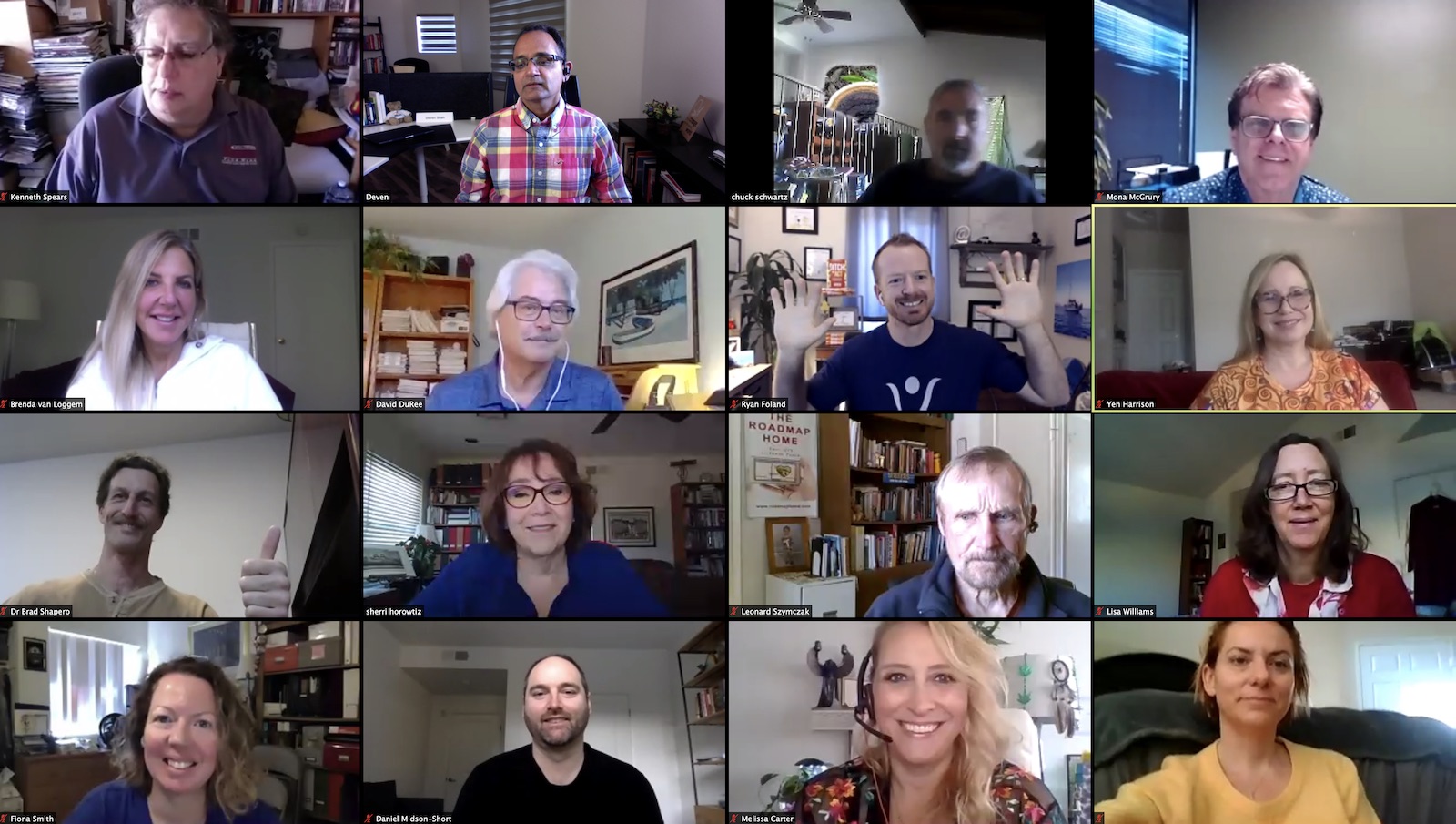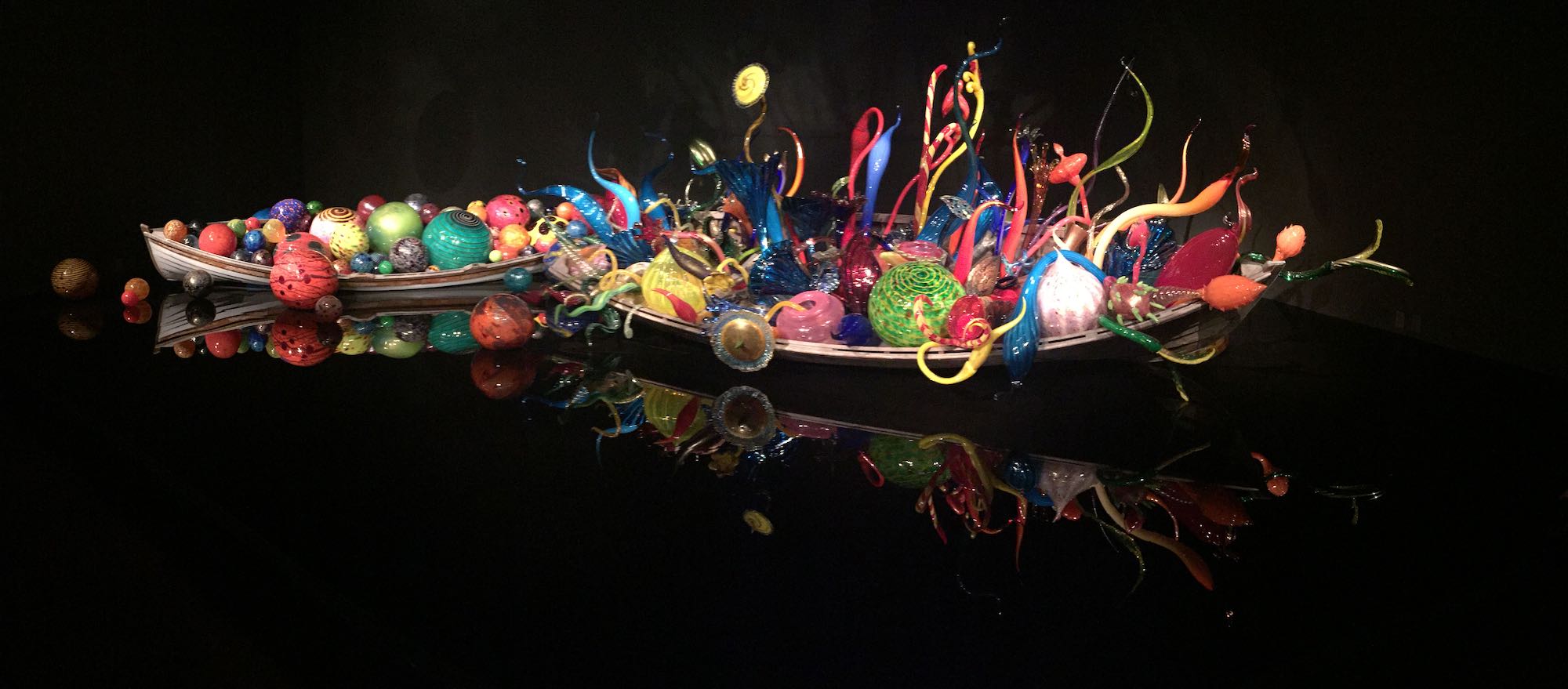Video conferencing helps us connect and communicate. In this blog post, I am sharing my thoughts and experience.
We, humans, are wired to communicate and relate emotionally.
The emotional brain – the limbic system, or amygdala – evolved millions of years before the cerebral cortex, the part that helps us with logical reasoning. I read about it the first time in Bert Decker’s You Have to be Believed to be Heard that the emotional brain is way more developed and advanced than the cerebral cortex or the neocortex. I have seen the analogy comparing the capabilities of the emotional brain with the computing power of a supercomputer and the logical brain with a desktop calculator.
When I communicate with a group of people face-to-face in a room, much communication happens with non-verbal cues. The facial expressions, eye contact, and how a person would react before speaking provides a powerful context and communication medium. It happens automatically, integrating with the thoughts or ideas I want to develop whether I am working with a team, brainstorming or discussing ideas, or presenting to a group standing up. Humans can feel and sense way more than what can be conveyed merely in words.
Emotions pull a lot of weight. Eye contact allows me to draw on those emotions to make an empowering connection.
Video conferencing is one more tool along the fascinating journey of communication.

Video Conferencing
The video conferencing tools such as Zoom, GoToMeeting, Microsoft Teams, or Google Hangouts integrate the video camera and microphone on my computer to create my video stream in real-time. It also allows me to see video streams of others joining in the video conference. This way, I can see and listen to others and vice versa.
It is a blessing to communicate while working together with others spread throughout the world. It is a boon to collaborate with social distancing. However, I think video conferencing also brings challenges with it.
Challenges
ONE: Eye Contact
If I want others in the video conference to feel my eye contact, I look at the green light of the view-cam on my computer. But then I don’t get to see their reaction. If I want to see the response from others in the meeting, I can look at their video boxes on my screen. However, they see me looking down and not at them when I do that.
The feedback from one-on-one eye contact isn’t the same during video conferencing. Especially when I am presenting in front of a group, I am so used to counting on my one-on-one eye contact with others in the room as a cue to understand others and adapt.
TWO: Multiple Video Boxes
If there are two or three or four of them, I can manage to see them and lead to react a little bit based on cues. However, if there are more people and video boxes, it drains me. I saw a very insightful article on it from National Geographic. One analogy in that research drove it home. When I am trying to seek real-time visual feedback and cues from several video boxes on my screen, the equivalent workload on my brain would be as if I am trying to read a book, cook, listen to music, try to talk to someone, and a few other things at the same time. Is it any wonder I feel tired, saturated, and exhausted?
THREE: Always On?
When my video is on, others see me while I am not seeing them. It can create additional pressure. One way to alleviate that could be to turn off the video from time to time or turn it on when I have something to present or say.
When people see me, I think it can add to my credibility, so probably a fine line to walk with it.
Note: the image below is from our virtual Toastmasters meeting where I had encouraged them to show smiley/fun faces before taking the screenshot. I missed doing that myself. 🙂

What I Can Do
What can I do to make my video conferencing experience more engaging and less exhausting?
- Be aware of splitting my time looking at the green light of the view-cam and looking at others’ video boxes. At least half the time, if not more, I have to show my love for the green light.
- I can build more interactivity in my presentation. Prompt for feedback, maybe, or use questions to create more conversations.
- Use real-time polls to seek feedback. I can plan it ahead of time and launch polls for others to chime in. I think another convenient tool is chat messaging to cultivate context among participants, for what I am trying to develop. Since everyone is connecting over the internet, other social media tools can help keep the juices flowing.
- I can use the visual slides to reinforce what I have to convey. In business meetings, slide presentations are a norm, anyways. Video conferencing naturally lends itself to using visuals. An empowering shift here is that everyone can see the visuals on their end and screen. Also, for me, coordination between my message and slides is much simpler than when I am presenting using slides in front of people in the room – the reason is, with in-person presentations, I need to think about the setup and the situation. Whereas with video conferencing, my “set up” is the same as I am pretty much presenting from my work desk. While I can’t convey as much to others’ eyes using my body language and eye contact, my visuals can help me make up for it a little bit.
- Learn from the feedback – the video conferencing tools allow you to record the meeting very easily. Watch it again to learn from it. I cringe at the prospect of watching my recording; it is always an eye-opener for me as well.

Video Conferencing – What is the opportunity?
What I am doing in front of my computer is the same whether I am talking to two people, twenty people, or two hundred. I can expand my reach much faster.
I can connect and work with people anywhere in the world.
I can create opportunities to show and tell in front of my computer. I can move things very close to the view-cam, and my audience will feel as if I am inviting them to zoom in and see it simultaneously. I might have to walk around to bring it closer for them in an in-person meeting.
I don’t think video conferencing can replace the value and impact of face-to-face communication. However, I also think video conferencing is here to stay – it is going to be an integral part of the new normal going forward.
I have a newfound love for the green light of my computer view cam. 🙂